Floor covering that lights up in alternation.
This floor is intended for a party room or a disco (more uses for this I can not think of).
the whole thing is quite simple to build.
first you build a "chessboard" pattern of redstone blocks and another block of your choice (in my example it is white wool).
then place 2 rows of pistons opposite each other on the "chessboard" (remember that the pistons are placed directly against the "chessboard" on one side and the other side with a block of space between them).
to each piston comes an amplifier which are connected to each other with redstone.
after that the floor covering is built which consists of redstone lamps and in my example is provided with a wooden edge so that you can't see the pistons coming out.
last but not least, build a redstone clock and connect it to your work.
with the clock you can of course also change the cycle in which the flooring lights up.
(maybe there are better ways to build something like this, please forgive me if it is a bit oldschool, because I don't have such a big plan of redstone)
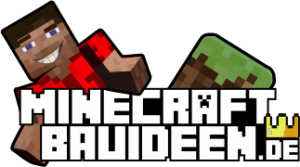
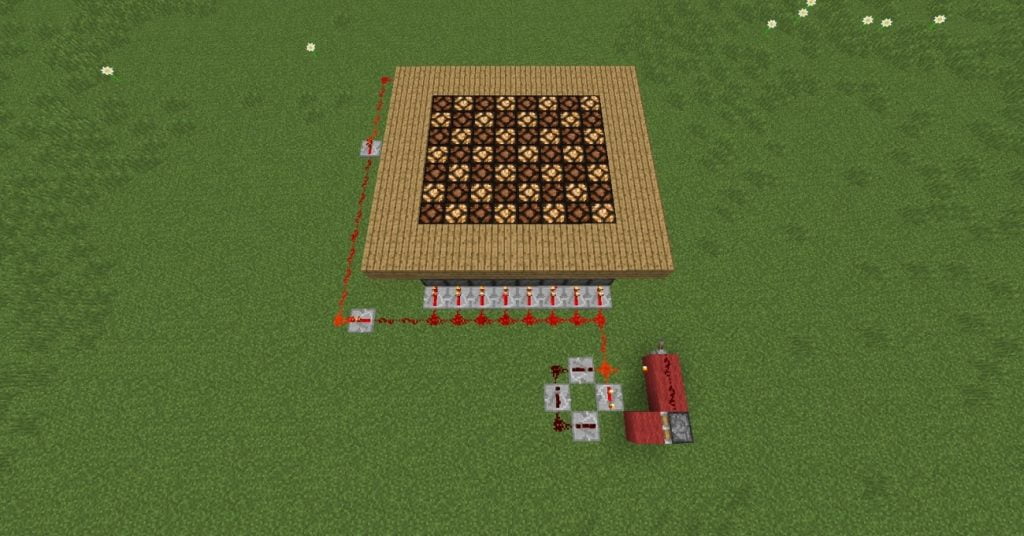
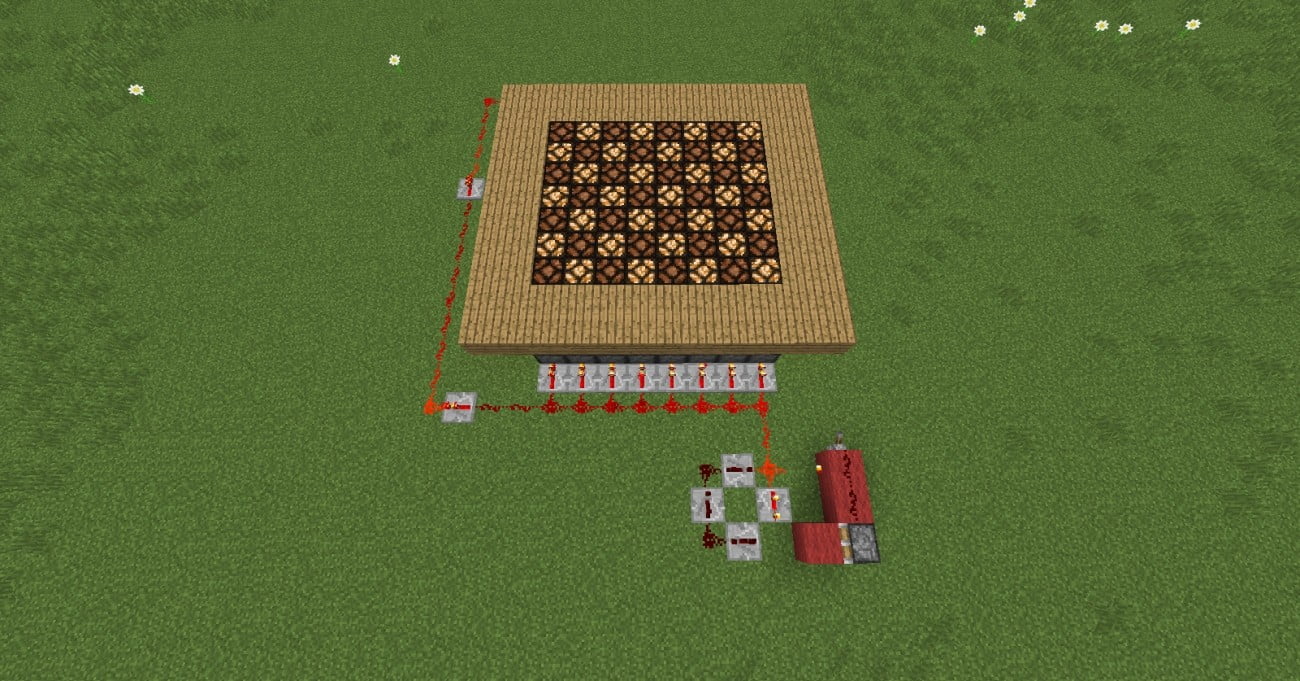 Disco dance floor"/>
Disco dance floor"/>
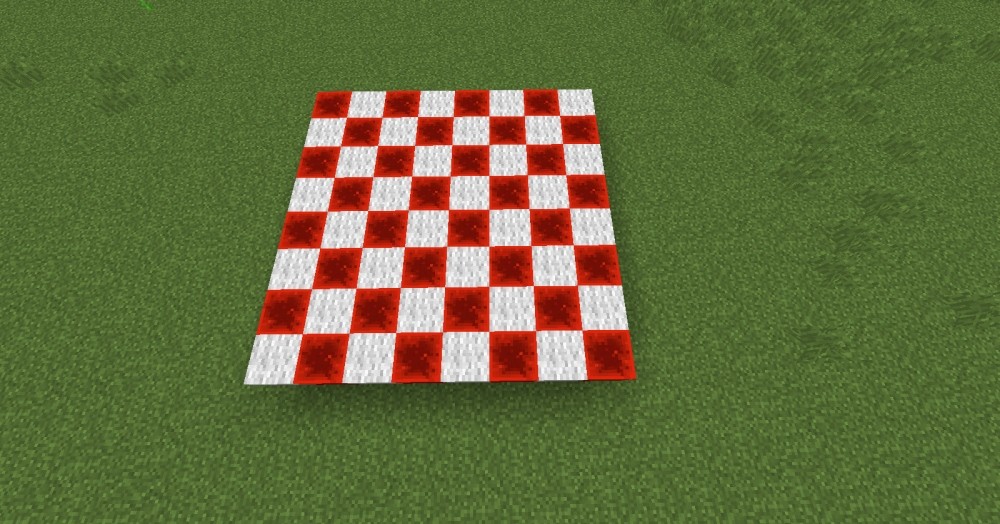
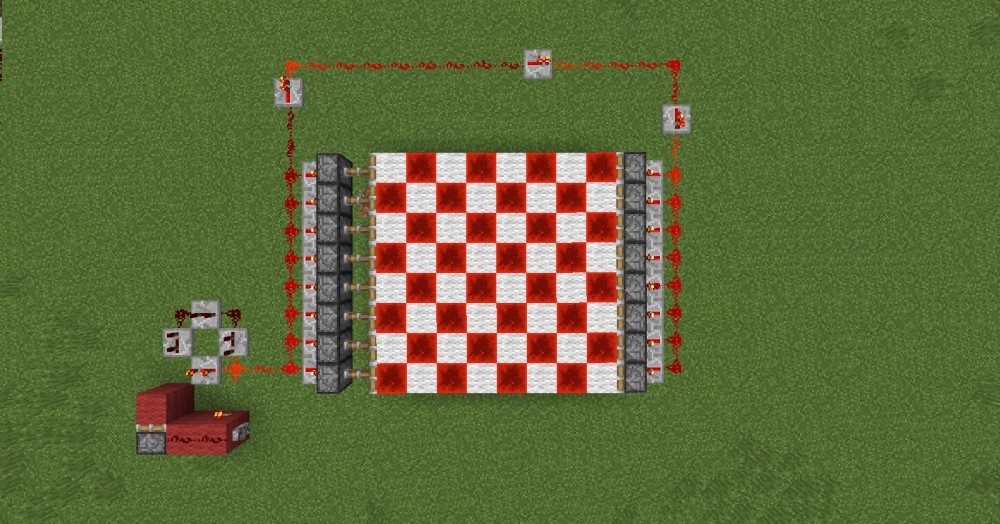
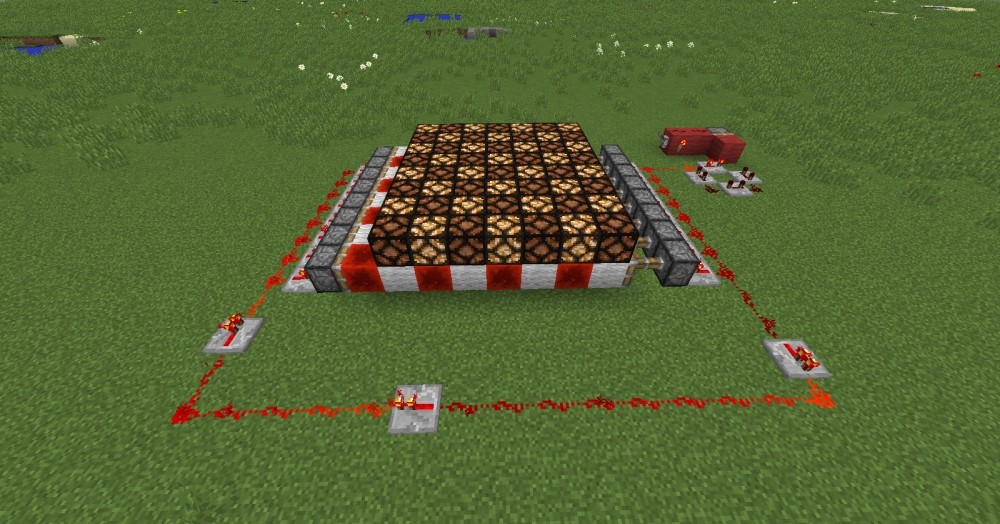
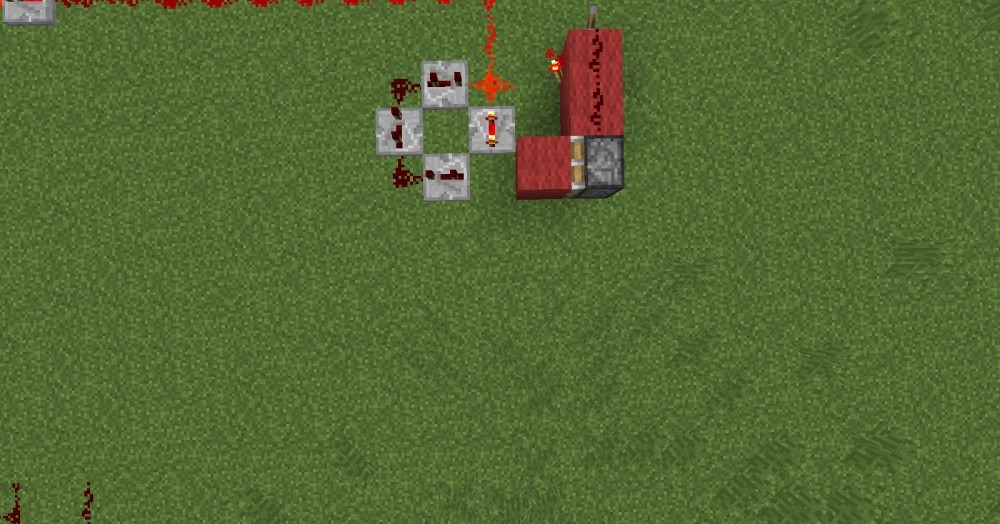


Nice idea me personally would be too loud. Can certainly be implemented without pistons.
I have tried it without piston but am unfortunately come to no result.
Couldn't it also be built with redstone flares so that the pistons are deeper in the ground and not directly under the dance area?
Admit it, you got that from the app iRedstone, didn't you? Be honest
Yeah, almost everyone I know uses them.
Can't you do that with commdblocks
I Can't Am Not The Pro In Commands
Looks good. Like
@nils you can actually build anything that works with Pistons also with Commandblocks.
I have rebuilt the whole time only with Redstone. Is a bit more complicated, but offers more possibilities and is quiet.
http://www.directupload.net/file/d/4025/aky7nute_png.htm
http://www.directupload.net/file/d/4025/nbj2v3gb_png.htm
It consists of several areas with Redstone flares, of which the outer ones can be controlled by Redstone signal.
It is important that the dance floor itself consists of 2 layers of lamps, otherwise several will light up. In addition, it must be ensured that the delay to all lamps is the same (unfortunately not observed in my screenshots).
@henriyxyx I don't recognize how it works, and the idea itself is relatively cool.
@thebigsmile There must be multiple platforms, as you can only ever control the outer redstone flares. So with each level you remove a row until you get to the middle ones. So then each individual light has its own signal, allowing you to theoretically control each one individually.
I hope it's understandable. Explain is unfortunately not one of my strengths 😀
Cool idea! Unfortunately, the pistons are a bit loud, but in a disco you should not notice 😉
I just saw the idea here today. I have also built something like that. In the circuit you can program a pattern and then play a sequence of 16 images endlessly without what to rebuild. The only problem is that with such a big circuit the fps goes down like hell.

I have also taken the signals down in a ring pattern. I start with a clock that goes to a binary counter where the signals are compared through 48 NOR and Nand gates, then through 80 binary memory cells to remember the pattern, and then back to the individual levels.
I just saw the idea here today. I have also built something like that. In the circuit you can program a pattern and then play a sequence of 16 images endlessly without what to rebuild. The only problem is that with such a big circuit the fps goes down like hell.

I have also taken the signals down in a ring pattern. I start with a clock that goes to a binary counter where the signals are compared through 48 NOR and Nand gates, then through 80 binary memory cells to remember the pattern, and then back to the individual levels.
@Gamlie: That looks very impressive! Unfortunately you can't replicate that for your own disco.
@xxluke, I just wanted to clarify what all is behind it and how big then a circuit can be if you build away the step-shaped down. Since the idea with the cylinders is quite good. I just added the explanation to the picture so you know what is going on. For Redstone beginners of course totally unsuitable, and of course this circuit must be coped with by the computer. Who wants to see this can write me, I built this on a public server, only who wants to see and test it.
I have a quiet possibility without pistons and without clock in the ceiling of my disco (part of a great idea that combines several cool things 😉 )
The disco lighting I now upload times as an alternative to this idea. Without your floor light but vllt I would not have come to ao an idea 😉